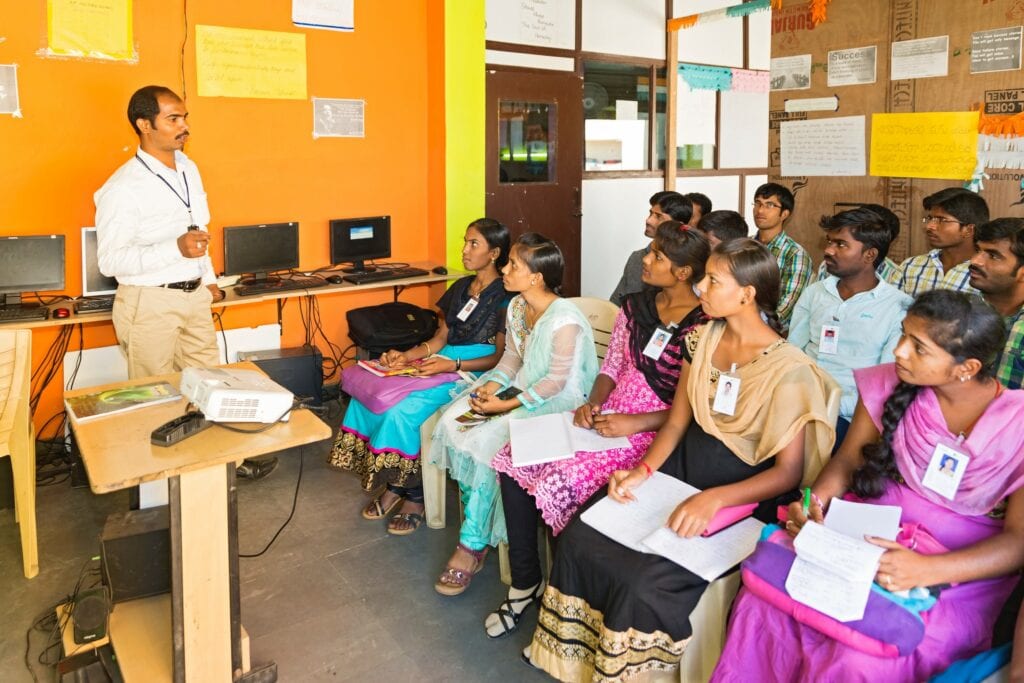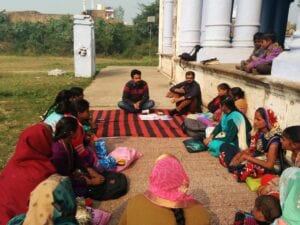Co-Author: Smriti Harsh
Corporate philanthropy is not new to India. Just like any other country in Asia, India has a rich legacy of companies supporting lesser-privileged communities or social causes around their areas of operations, building public institutions and contributing to greater good. However, these are interesting times indeed – with the inclusion of the CSR Law in India in 2013 where companies have to compulsorily spend a 2% share of their profits towards community welfare. At the same time, non-profits are going through a significant evolution themselves. The two entities have an impetus to partner with each other more than ever before, yet, are chalk and cheese. From organizational structures and processes to culture, way of working and motivation, the partnership is often of two differing objectives and hence takes significant work.
Business-civil society partnerships are an imperative to solve the social impact problem at scale in India. So how do you make them effective, long-lasting and sustainable? We at Sattva have a few answers, having hosted over 4 city-based roundtables and a national event bringing together over 1000+ leaders from the corporate and social ecosystem, in addition to studying several CSR practices in India. Here are a few learnings we have gathered around what it takes to partner effectively:
Understand the context and match the vision
For corporates, stakeholder engagement, measurement and setting/achieving targets are a critical part of their functioning, whereas the community’s welfare and development is at the centre of what the SPO does. There is hence a need to meet midway by absorbing each other’s strengths and considerations. For example, SPOs can enhance their monitoring and evaluation strategies, KPIs planning, while corporates 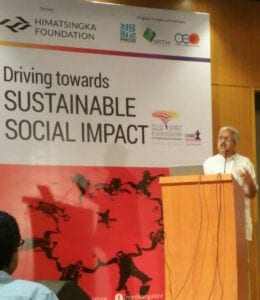
During one of the recent roundtables, Dr. Balu, co-founder of Swami Vivekananda Youth Movement, stressed that there are 6 ‘R’s to a successful partnership: Resources, Responsibilities, Roles, Risks, Rewards, Review. Aligning on what is the common purpose of the partnership and clarifying each other’s roles can reduce much of the discord that may come up during implementation or review.
Whatever be the program, understanding the context and needs of the community is paramount – both organisations should invest in understanding the issues and aspirations of the community they seek to serve before starting off on the partnership.
There is a time for flexibility and a time for rigour
The relationship between CSRs and NGOs is an evolving one. Adaptability, acceptance, appreciation takes time and an awareness of this helps organisations stick longer together.
Program implementation could face several hurdles due to political aspects, weather, community compulsions and so on. While it is important to be rigorous right through the planning and execution to monitoring, there should be some flexibility. Mrinalini Kher, the co-founder of Yuva Parivartan, an SPO that focused on skilling in over 19 States in India, suggests that MOUs between the two could be 1/3rd standard, 1/3rd compliance based and 1/3rd open to adapt to changing circumstances.
Trust, Empathy and Patient Investing
It is a reality today that there is a significant trust deficit between corporates and SPOs. And for a successful partnership, trust, empathy and capability ramp-up are key. Secondly, areas like healthcare, nutrition, education etc or for that matter, most social issues, need multi-year investment before demonstrable impact. What SPOs need are patient investors, who can pose faith and invest in multi-year partnerships on equitable terms. Corporates like L&T enter into 3 to 5 year programmes, but with setting the expectation that they wish to see the initiative becoming sustainable at the end of the 5 years – that eventually, there is an exit strategy – these kind of program designs result in successful and robust partnerships.
Trust also grows with tangible results – Vivek Talwar, Chief Sustainability Officer at TATA Power, shared in one of the discussions that it is important for SPOs to not spread themselves thin so there is the danger of dilution of results. While the SPO might have a very positive reputation, the program outcomes depend on the quality of the field officers the SPO deploys in the partnership.
Bring people force into the partnership
The employee force in corporates are a hugely underutilized resource in development. Bringing people’s professional competencies and personal passions into programs could be a big value-add to partnerships as long as it is 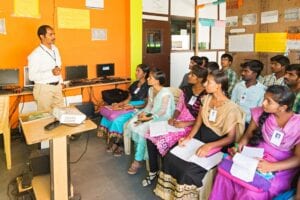
Accenture deploys its consulting to do pro-bono contribution, where the CSR project is treated like any other business consulting assignment with employees involved in co-creating roadmaps and solutions for their partners and supporting them through realising this growth. Each implementation partner has a dedicated Managing Director offering strategic oversight to their organisation; solutions are diverse and varied – from streamlining operations to inventory efficiency building, function-based training, software development, curriculum development or MIS technology solution development. Volunteering could be a great way to build enduring partnerships between a company and SPO, which goes beyond funding or numbers.
Sustainability, Capacity building and exit strategy for CSR are linked
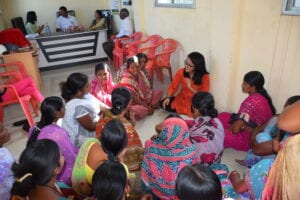
Exchange more than money
CSR is an extraordinary mandate and opportunity by all counts yet the larger force is not money. It is the market connect, mentorship, influence, networks and expertise that CSRs can bring into the game as well as the tremendous social expertise and passion that NGOs bring – these non-monetary exchanges of expertise can be force multipliers for CSR.
Invest in organisations
While investing in causes is the popular route for CSR spend, it is equally critical to invest in capacity building and organizational support. For example, EdelGive Foundation enables small and mid-sized NGOs to scale through its employee volunteering as well as bringing onboard informed co-donors for the cause.
Support entrepreneurship
Entrepreneurship can be a force multiplier, and this is an area of partnerships that could bring in disruptive innovation and scale. Shashank Tripathi, Partner at Strategy&, refers to “a ‘diamond’ rather than a pyramid, where the top 300 million were well off and the bottom 300 million needed help which could be brought about by charity. The opportunity is in growing the potential of those in the middle – 700-800 million youth with energy and passion, who with mentorship resources and direction could create sustainable solutions to the tremendous challenges we are seeing today.”
The secret across is aligning at the level of the vision (head), the cause (heart) and the execution (hand) at all times for sustainable partnerships.
Aarti Mohan is a co-founder and Head of Knowledge at Sattva Consulting. With contributed writing from Smriti Harsh, Sattva and inputs from roundtables hosted by Sattva

















